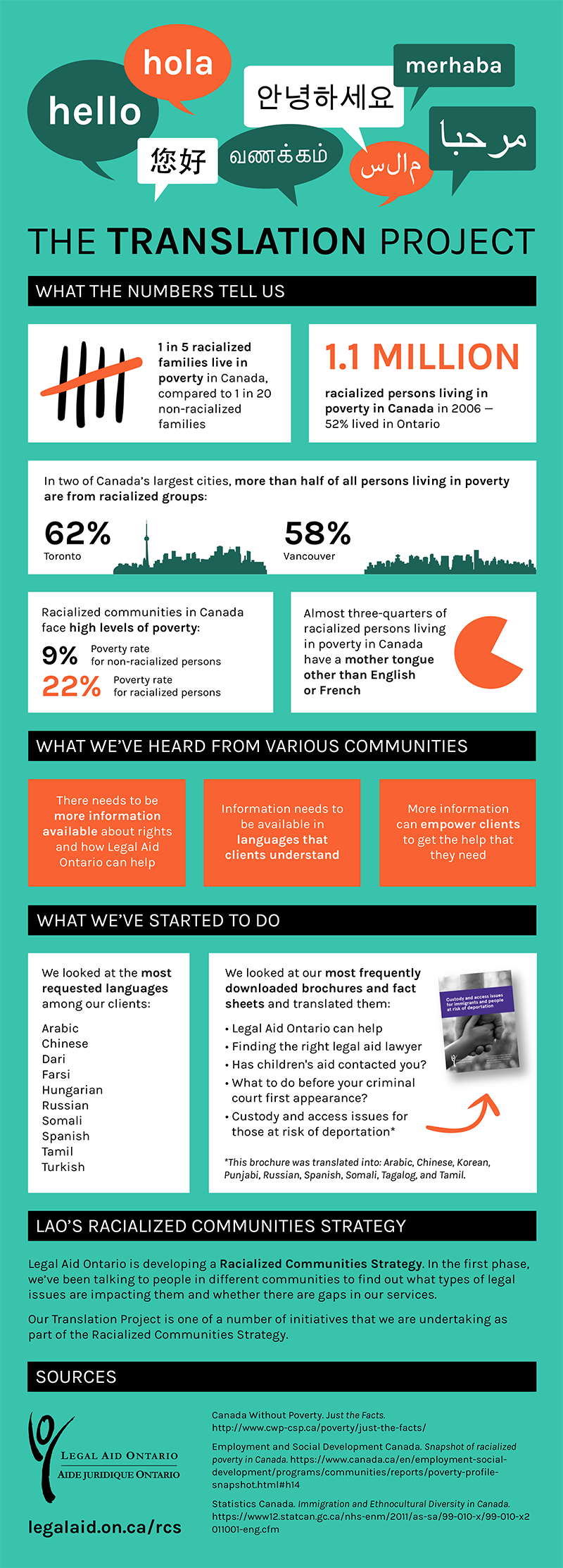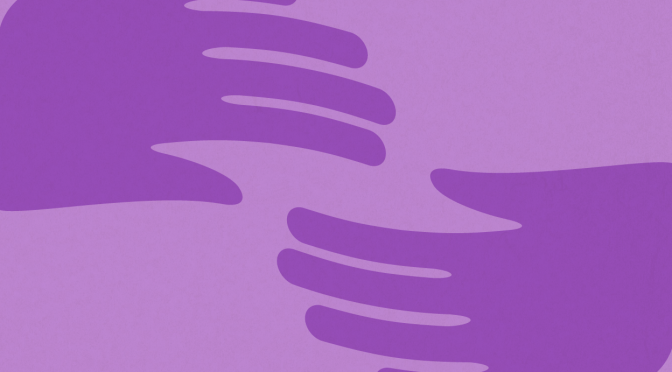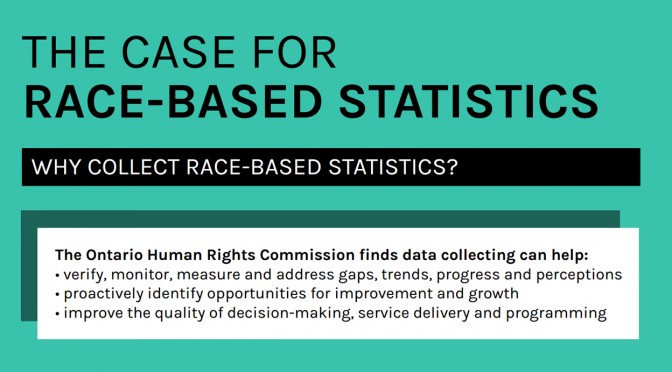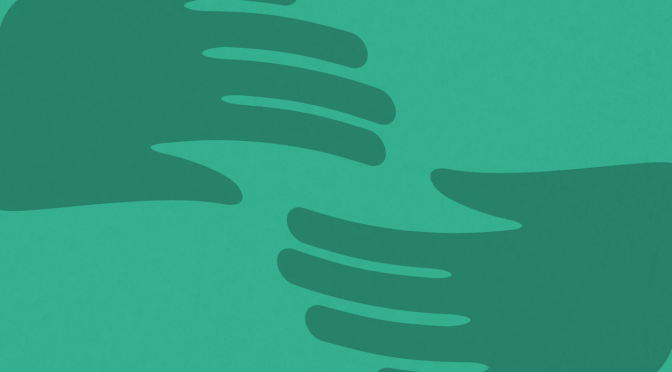On May 10, 2017, Legal Aid Ontario’s (LAO) Wayne van der Meide was on CTV’s “Your Morning” to talk to Anne Marie Mediwake about the potential use of cultural assessment reports to get Ontario judges to consider systemic racism when sentencing offenders from racialized communities.
You can either listen to or read the transcript through the following links:
Transcript of CTV interview
The importance of cultural assessment reports in court
[Start of recorded material 00:00:00]
>> Anne Marie: Judges in Canada are being urged to take systemic racism into account before sentencing people who have been convicted. Representatives for Legal Aid Ontario say they plan to start nudging Ontario judges to use so-called cultural assessments in the near future. Now this is not meant to be a get-out-of-jail-free card, but rather to give judges a fuller picture of who the accused is before deciding their fate.
One of the people putting this idea forward is Wayne van der Meide. He’s the Regional Manager of Case Management and Litigation Group from Legal Aid Ontario. He’s our guest from Ottawa this morning. Good morning.
>> Wayne: Good morning, Anne Marie.
>> Anne Marie: I guess my first question is how, how would this go forward?
>> Wayne: Well, so we started a racialized community strategy here at Legal Aid Ontario. And when we were doing our research we came across the example in Nova Scotia. So the first step we took was to invite Megan Longley from Nova Scotia to come and speak with us. And then we had a conference with a group called the Rights Advocacy Coalition for Equality or Race, where about 100 lawyers participated.
The next step is we would like to invite both the lawyers who were involved in the case in Nova Scotia as well as the clinical social workers, to come to Ontario and speak with Ontario lawyers and Ontario clinical social workers, to figure out what an ideal cultural assessment report looks like.
>> Anne Marie: And what is a cultural assessment? What factors are you looking at?
>> Wayne: Well a good cultural assessment report really has two main components. The first component is a review of the impact or the evidence of systemic racism. Systemic racism is not something that exists on the surface. When you do take a look at the statistics, of which unfortunately they’re are overwhelming and cross over all sectors of society, it’s quite apparent. But if you don’t look at them they’re not self evident. So the first section would be a review of those statistics.
The second section of a good report would essentially be to describe the history of the individual before the court, and how systemic racism may have impacted them and contributed to the reasons they’re before the court.
>> Anne Marie: Specifically, what factors would you be looking at?
>> Wayne: We’d be looking at factors like how systemic racism has impacted them. So it could be in education for example. The statistics indicate that African-Canadian children in particular are more often the subject of suspensions and expulsions, which is one of the reasons Legal Aid Ontario has provided funding for a program.
There’s certainly over representation unfortunately of African-Canadians and other racialized people among low-income Ontarians. There is racial profiling and policing in several other sectors. So the report would look at all of these things and, again, see how these may have impacted the individual coming before the court.
>> Anne Marie: Once taking into consideration a cultural assessment and taking a look at all of the factors that you represented, how then would a sentencing be changed? Or what would happen next for that client?
>> Wayne: Well you know it’s very early stages, but having reviewed the decisions in Nova Scotia I would say that what we’re hoping for, as you said earlier Anne Marie, this is not a get-out-of-jail-free card. We’re not looking to support no responsibility for criminal actions. What we’re looking for is for a court to really meaningfully try to understand, as they need to do in all sentencing, the moral blame worthiness of the individual, and whether or not the individual is able to be rehabilitated. And I think these factors that we’re discussing are relevant to the courts in sentencing.
>> Anne Marie: Well this idea may be new to a lot of Canadians. It’s not a new concept within the legal community. It has been done before in, if I’m saying this correctly, the Gladue Report if that’s correct.
>> Wayne: That’s right.
>> Anne Marie: How has the introduction of that report, that took a look at Indigenous communities, played out? What does it look like?
>> Wayne: Well it looks very similar to what I have described for cultural assessment reports. I would say this. Aboriginal people in Canada and Indigenous people, they have a unique history in Canada and they have special constitutional status, as they should. But the function of a cultural assessment report is somewhat similar, in that the idea is to try and assist the court to understand the offender and not simply the circumstances of the offence, and to understand the systemic context to why the person is before the court. So there are similarities.
I think the Gladue Reports have had a great success and certainly based on our review of what is happened in Nova Scotia, we know that the courts have taken cultural sensitivity reports very seriously.
>> Anne Marie: It is an interesting concept and we are looking forwards to following this story. Wayne van der Meide, thanks for joining us from Ottawa today.
[End of recorded material 00:05:10]














